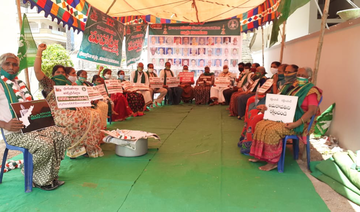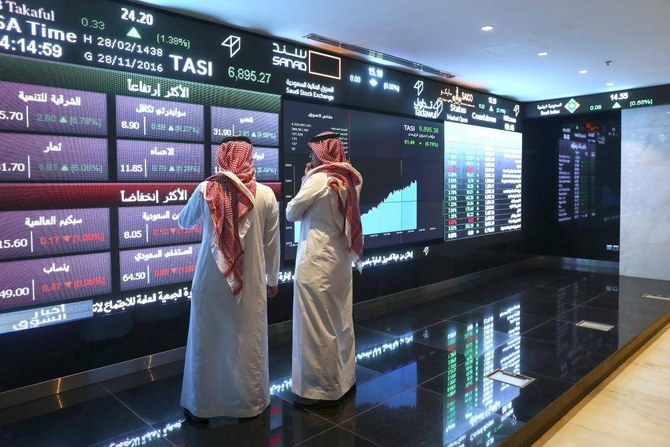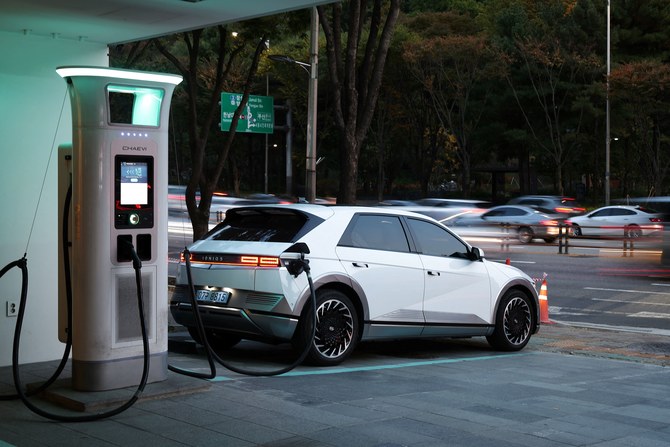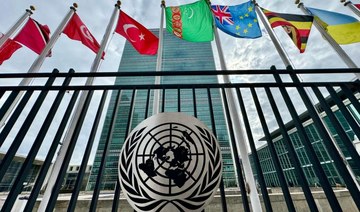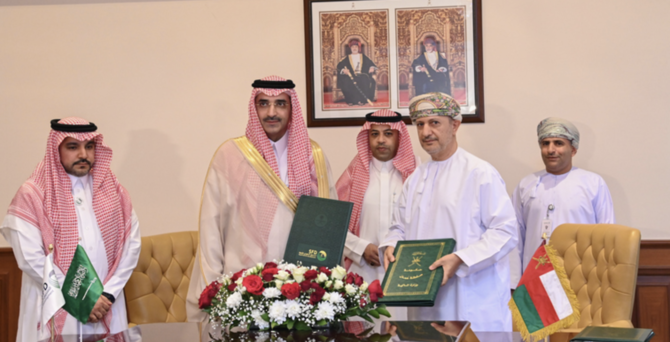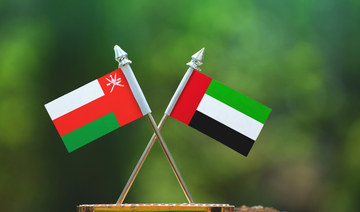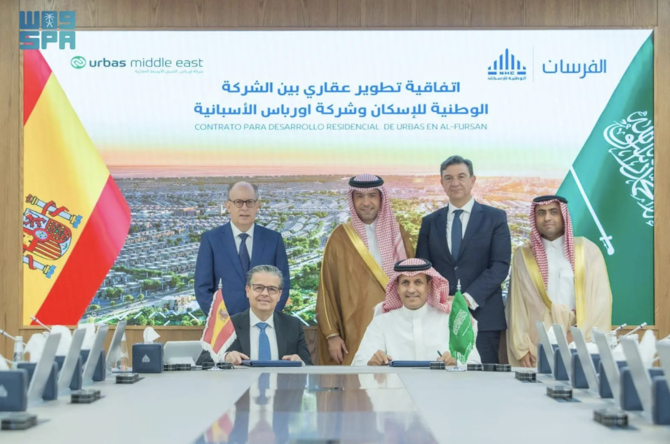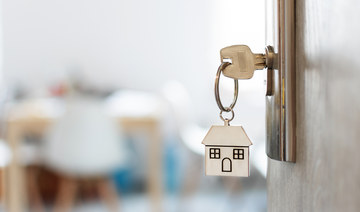MUMBAI: Last month, Dnyaneshwar Siddhanth, a farmer from India’s western state of Maharashtra, was in desperate need of money to buy seed and fertilizer as the monsoon sowing season approached.
After being rejected by his bank for a loan several times, Siddhanth borrowed 150,000 Indian rupees ($2,000) from a moneylender at a rate of 60 percent annually.
Amid India’s worst economic slowdown in decades due to the pandemic, millions of farmers like Siddhanth are being shunned by banks as lenders turn cautious due to rising bad loans.
That is forcing the farmers to turn to illegal moneylenders charging exorbitant rates, according to more than a dozen farmers and bankers that Reuters spoke to.
Agriculture accounts for near 15 percent of India’s $2.8 trillion economy and is a source of livelihood for more than half of its 1.3 billion people. Higher interest rates will reduce farm earnings, hitting rural incomes that are key to reviving the economy.
“Most of the profit goes to paying interest to a private moneylender,” Siddhanth said. “Everything now depends on monsoon rains. If the crops fail, then I will have to sell land to repay the loan.”
Till last year private moneylenders charged 24-36 percent interest, but now they ask for 48-60 percent as more farmers seek loans, said Prashant Kathe, a farmer who has borrowed 300,000 rupees at a 60 percent interest rate.
Typically, banks charge anywhere between 4-10 percent for crop-related loans.
Prime Minister Narendra Modi’s government has instructed banks to increase lending, but bankers are choosing to be cautious.
Economists forecast India’s economy to shrink by 5.1 percent in the current fiscal year, its weakest performance since 1979.
Lenders also complain that they are caught up by farm loan waiver schemes announced by several states to win over farmers ahead of elections.
“Even though some of the states announced the scheme years ago, the money has still not reached the bank so technically the farmer’s account is a non-performing asset for us and we can’t give more loans till the outstanding one is cleared,” said the head of agriculture lending at a large state-owned bank.
Last year, the government in India’s richest state, Maharashtra, announced that banks will write off loans of up to 200,000 rupees to distressed farmers.
Siddhanth, who already owed a bank 178,000 rupees from a previous loan, was covered under the scheme. However, the state government is yet to provide funds to repay it, and nearly one-third of the loan remains outstanding.
FASTFACT
15%
Agriculture accounts for near 15 percent of India’s $2.8 trillion economy.
As of October 2019, 10 states that had announced farm loan waivers since 2014-15 had yet to complete the promised loan write-offs, according to local media reports.
The high level of bad loans in the agriculture sector is another deterrent to more lending.
The share of soured loans in the segment has risen from 8.4 percent as of September 2018 to 10.1 percent as of March 2020.
“There is reluctance to lend in the agri segment due to poor asset quality, as a result banks are more keen to lend if there is gold as collateral, but otherwise fresh lending in the segment has been tepid,” said Anil Gupta, analyst at credit rating agency ICRA.
Between March and June, lending to the agriculture sector contracted 1.8 percent, the Reserve Bank of India said. During June 2019-2020, lending to the sector grew by 6.7 percent compared to 11 percent in the previous year.




